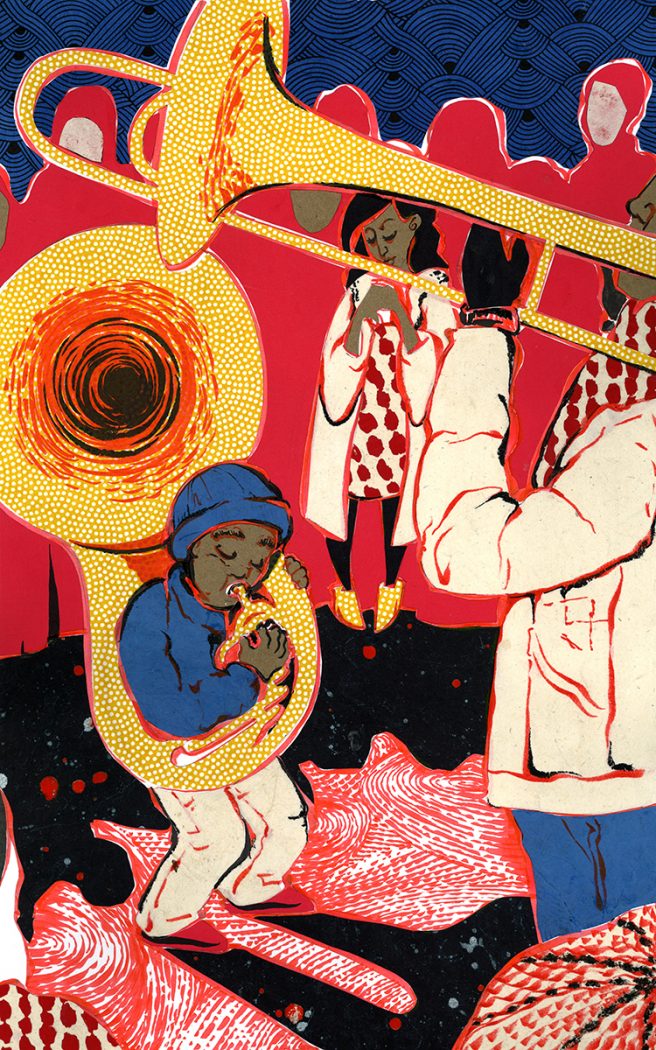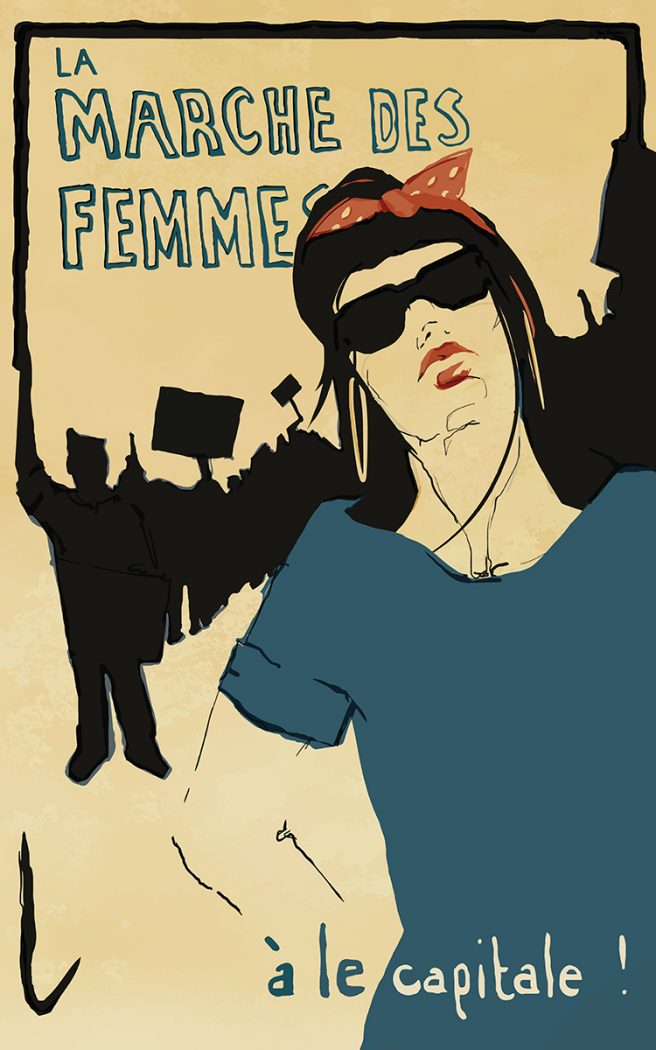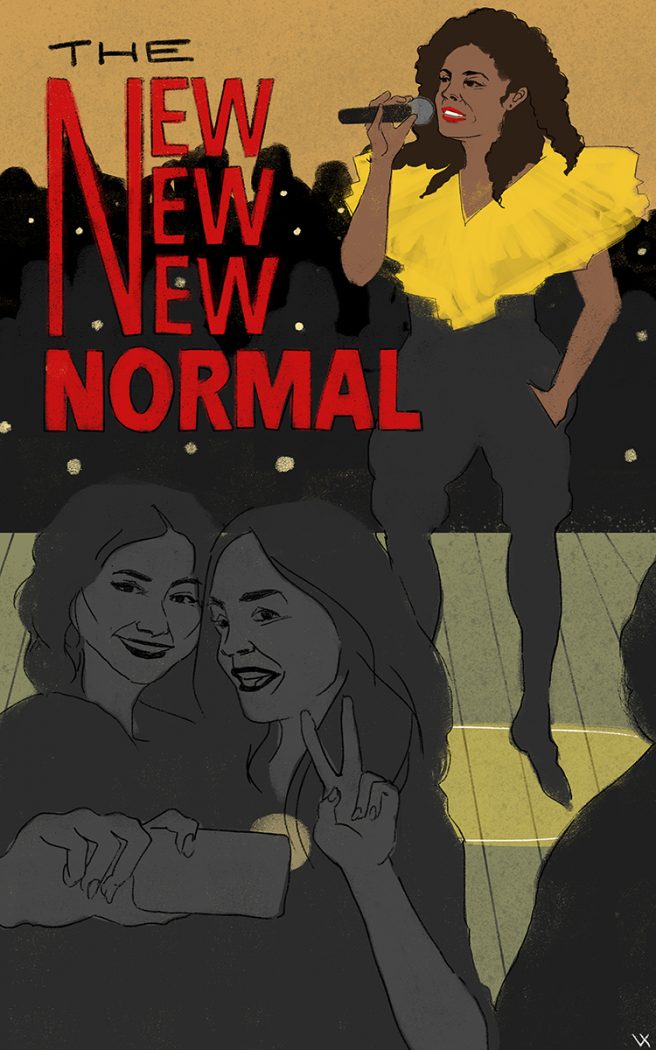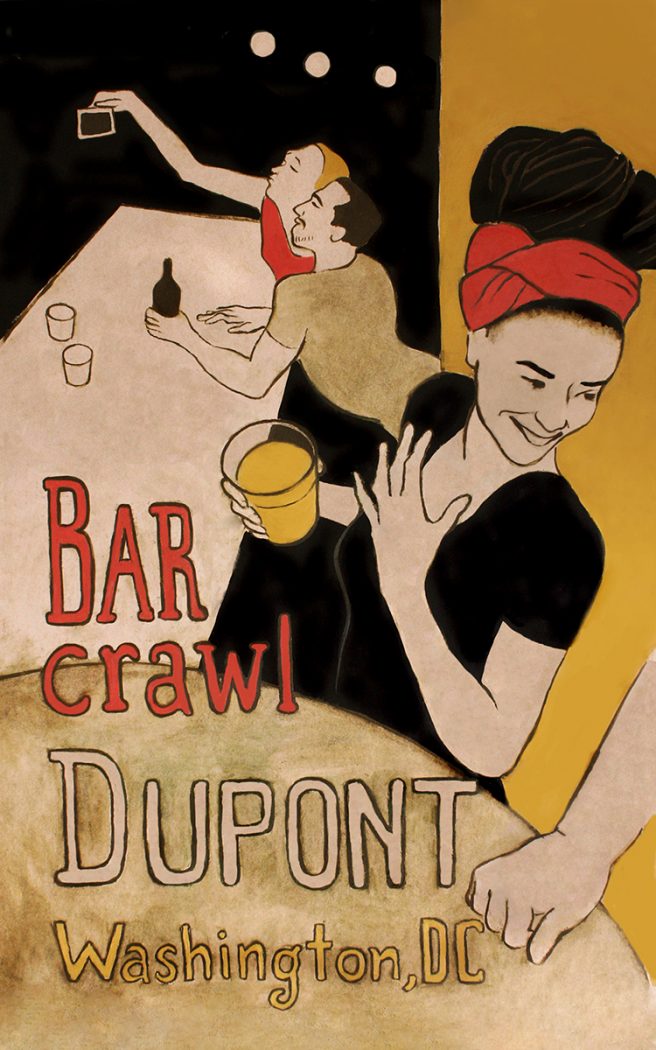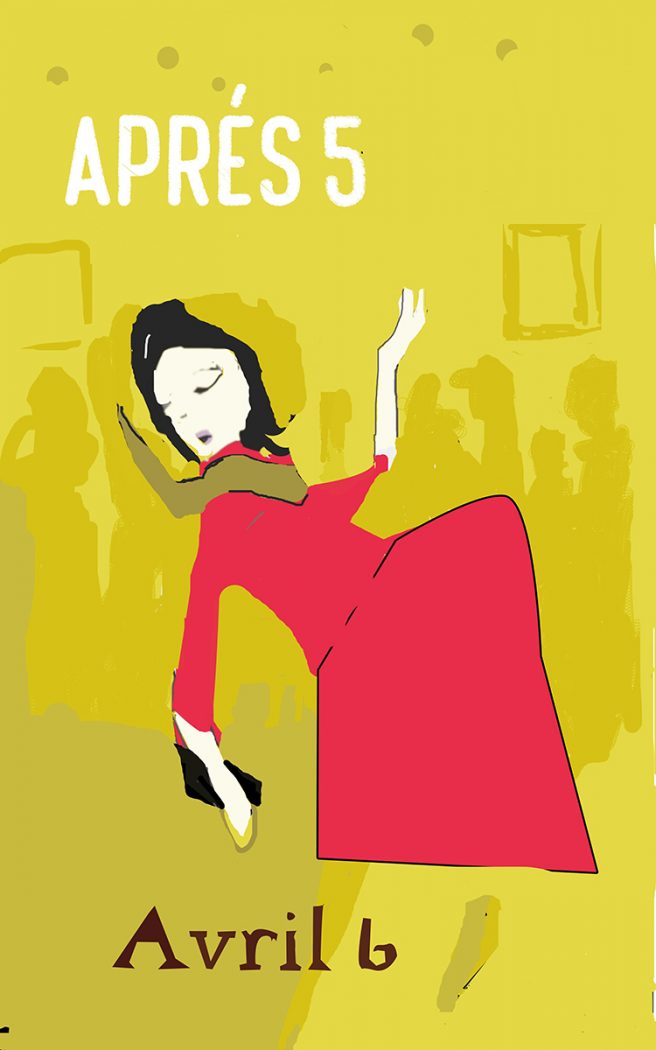Each week for the duration of the exhibition, we’ll focus on one work of art from Toulouse-Lautrec Illustrates the Belle Époque, on view Feb. 4 through April 30, 2017.
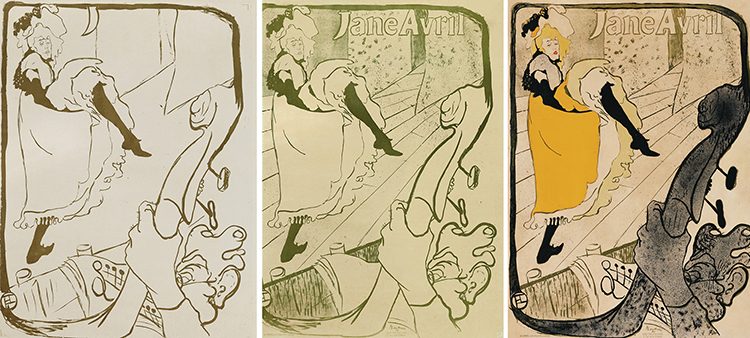
Henri de Toulouse-Lautrec, Jane Avril, 1893. Brush and spatter lithograph. Key stone printed in olive green on wove paper. Unrecorded trial proof, 47 5⁄8 × 34 5⁄8 in. Private collection; Henri de Toulouse-Lautrec, Jane Avril, 1893. Brush and spatter lithograph, key stone printed in olive green on wove paper. Trial proof, 47 9⁄16 × 33 7⁄8 in. Private collection; Henri de Toulouse-Lautrec, Jane Avril, 1893. Brush and spatter lithograph, printed in five colors. Key stone printed in olive green, color stones in yellow, orange, red, and black on wove paper, 48 13⁄16 × 36 in. Private collection
“I owe him the fame that I enjoyed, dating from his first poster of me.” —Jane Avril
Toulouse-Lautrec’s inventive posters established the star status of Jane Avril. In 1893 critic Arsène Alexandre described their collaboration: “Painter and model together have created a true art of our time: one through movement, one through representation.” These works mark the dancer’s debut at the Jardin de Paris on the Champs Élysées, commissioned by the upscale café-concert at Avril’s request. A publicity photograph by Paul Sescau of Avril may have been an inspiration, which Toulouse-Lautrec reinterpreted in an oil sketch. For the final poster, he modified Avril’s expression, tightened her chahut dance pose, and incorporated a decorative frame that shoots from the upright double bass to connect the orchestra in the foreground with the performer on stage. The motif was influenced by Edgar Degas’s painting The Orchestra at the Opera, which Toulouse-Lautrec held in high regard.
This exhibition offers the remarkable opportunity to compare an unrecorded trial proof (without text or color) with a later proof (with floorboards of the stage) and a bold, final poster (with dramatic color and subtle spatter), demonstrating the evolution of this complex print. What do you notice first about the progression? Does anything surprise you?

